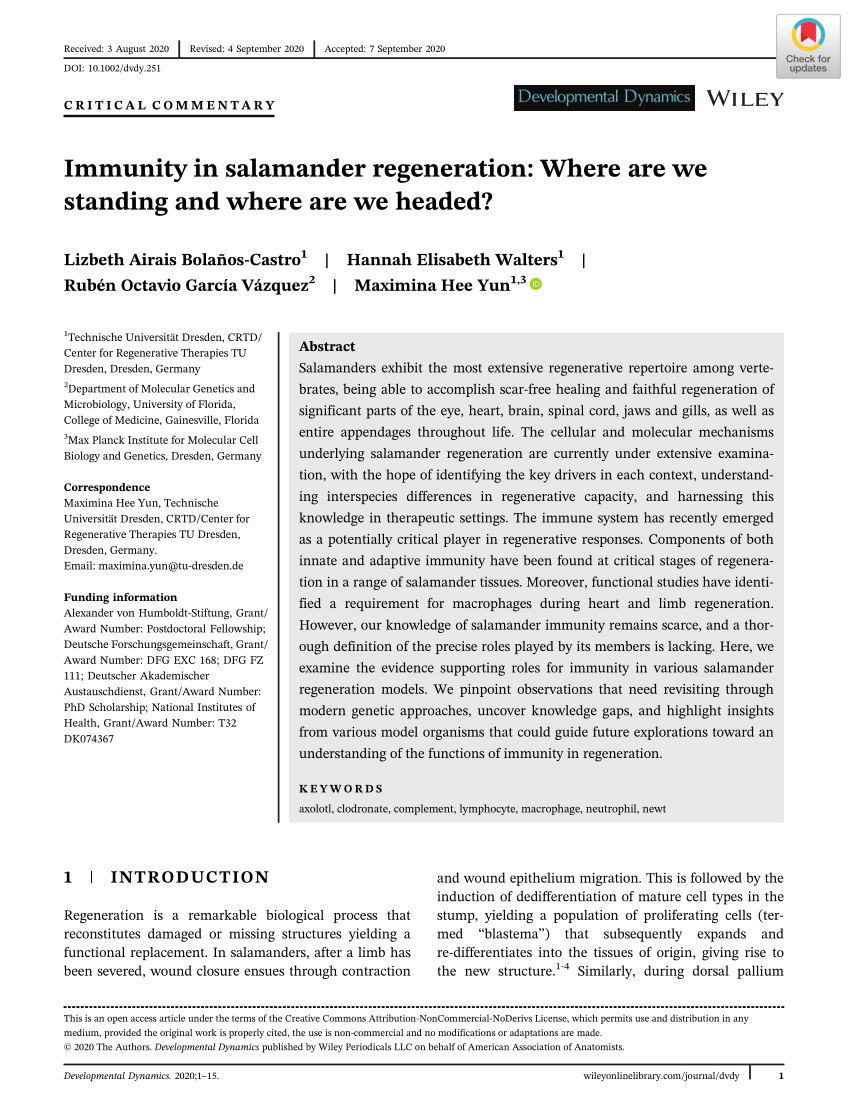waynakyo
Experienced Member
- Reaction score
- 464
Hair follicle (HF) is an excellent mini-model to study adult tissue regeneration, since it can regenerate itself under appropriate stress settings via interaction with niche components. Dermal macrophages, a group of heterogeneous cell populations, serve as key regulators in this microenvironment. Recent advances in phenotype identification and lineage tracing have unveiled various dermal macrophage subsets involved in stress-induced hair regeneration through different mechanisms, where HF structural integrity is impaired to varying degrees. This review summarized current knowledge regarding the distribution, sources, phenotypes of dermal macrophages in association with HF, as well as the mechanisms underlying macrophage-mediated hair regeneration in response to different internal-stress settings. Further investigation on macrophage dynamics will provide novel cell-targeting therapies for HF engineering and hair loss.

